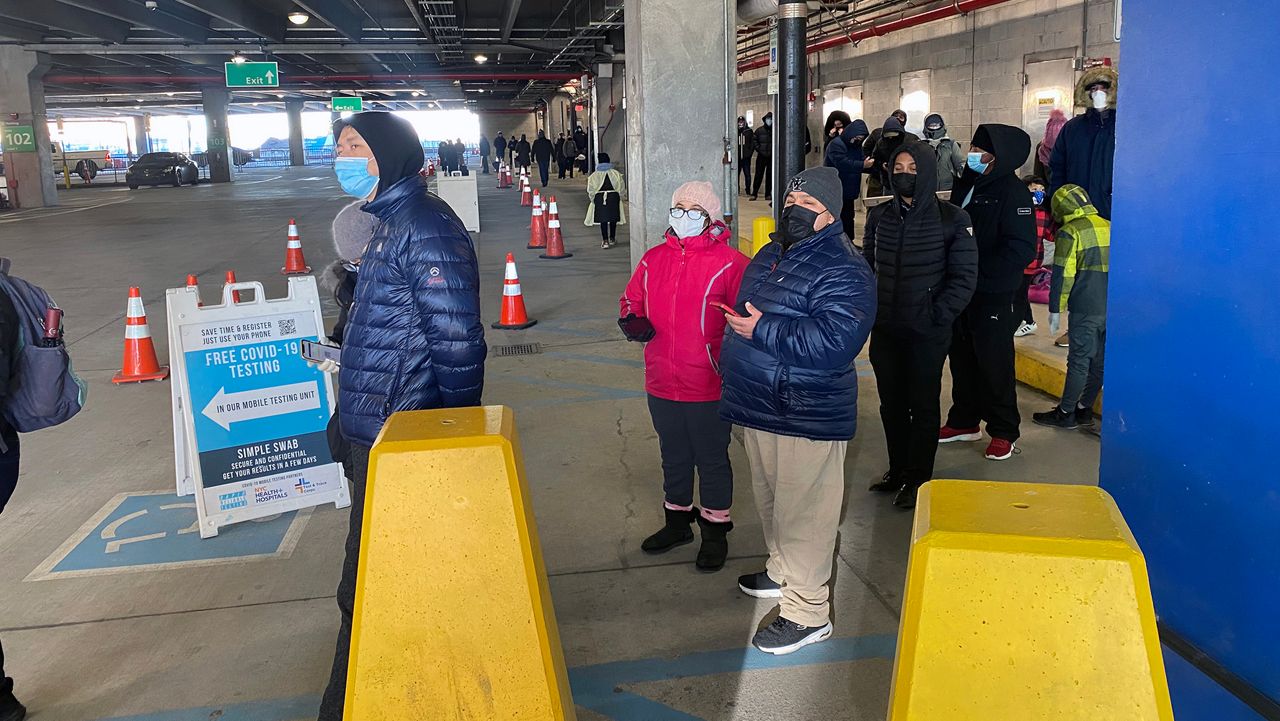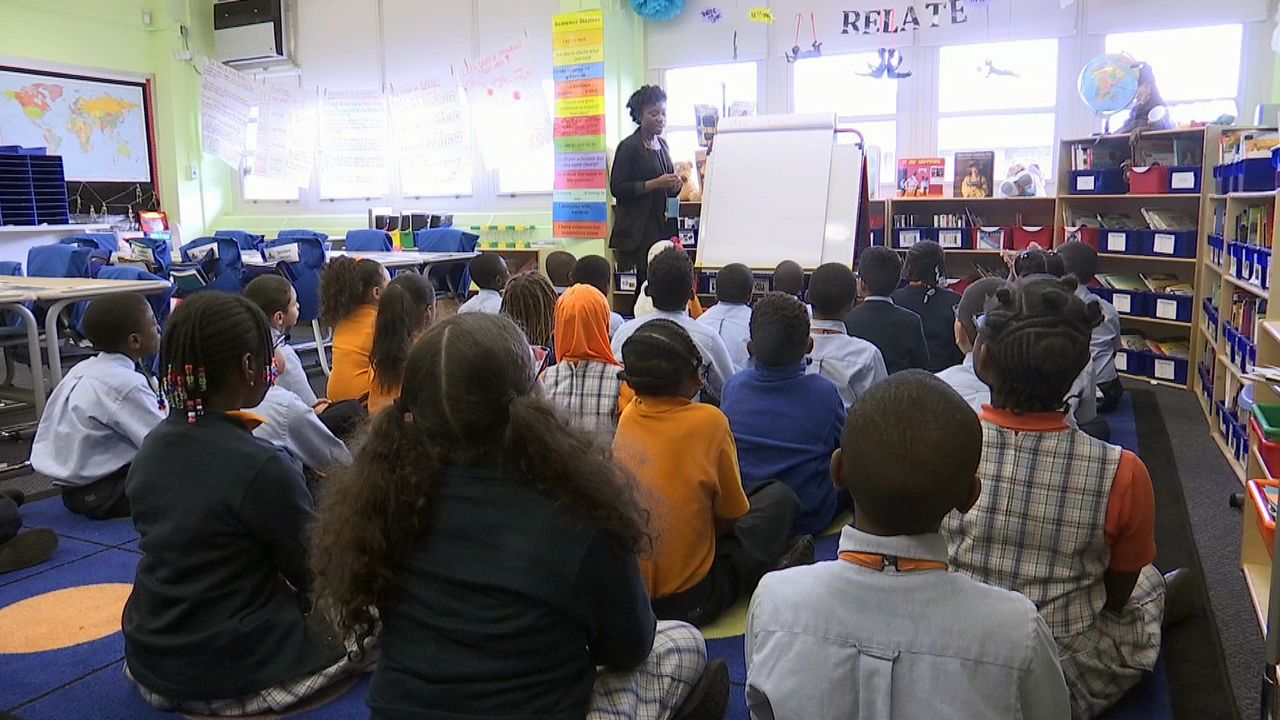A new study from agencies including the NYC Department of Health and Mental Hygiene and the National Institute for Occupational and Safety Health centered on antibody testing estimates Black and Hispanic New Yorkers were twice as likely to have had antibodies over white New Yorkers.
It also suggests that during those early months of the pandemic, nearly one in every four New Yorkers had contracted COVID-19.
“I think it’s in the right ballpark,” says Dr. Anna Bershteyn, an assistant professor of population health at NYU’s Grossman School of Medicine. “The first thing to know, the study was enormous. One in every 150 New York City residents more or less participated in the study so kudos to the study team for pulling off such an enormous effort in such a difficult time.”
Bershteyn has done pandemic modeling for NYU, the city’s health department and the city's board of education. However, she is not associated with the new study, which has been accepted by the Journal of Infectious Diseases. That research was based on antibody tests of more than 45,000 city residents between May 13 and July 21.
Bershteyn is critical that the study did not include a larger sample size of Black and older New Yorkers. She is also critical that it included more participants from Manhattan and Staten Island than from other boroughs. However, she believes its findings are largely consistent with what she would expect.
“We also know mortality was higher in minority communities and essential workers and in certain neighborhoods,” Bershteyn said, “so it’s not surprising that there was also more infection in those parts of the city.”
For Bershteyn, concerns about the virus hit close to home. She says one of her relatives who survived the Holocaust also survived COVID-19 after being hospitalized last year.
Looking forward, she hopes officials in decision-making positions will learn from all of the research that is being conducted to help prevent a future virus from sweeping the city at high rates.
“I shudder to think what could have happened if we had a more deadly virus than the one we had,” Bershteyn said. “We know coronaviruses can get much, much more deadly. SARS and MMR kill a high fraction of the people who they infect. In some cases, the majority. So we need to have really well invested, really strong public health infrastructure to be able to stop a wave before it hits the city."









